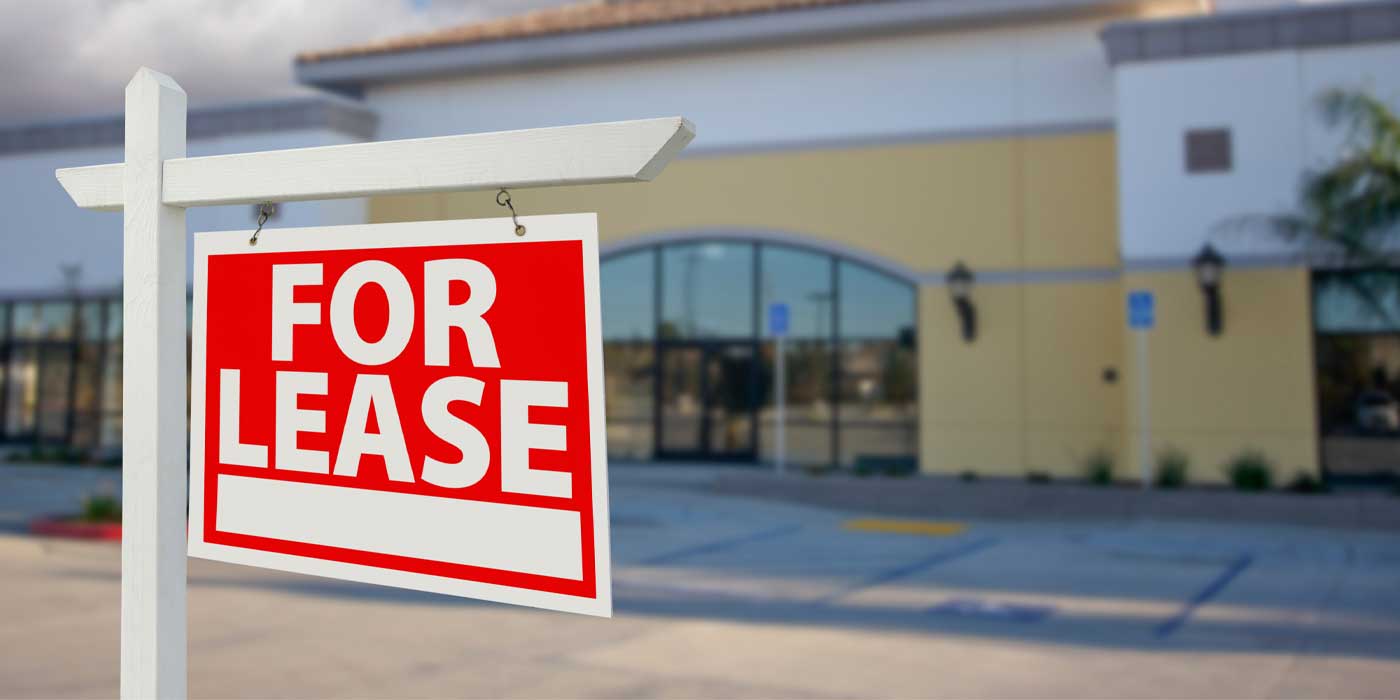Hello everyone, I hope all of you are enjoying a good summer and that some of you were able to take away and put into practice some good methods on water saving from my last article on water conservation. As always, if you have any questions on this or any of my other articles, please feel free to reach out directly by phone or email.
Welcome to this article on managing carwash labor talent, which covers hiring, training, incentivizing and retaining.
Common problems
Now, I would like to tell you that this is somehow super easy and that hiring employees is a no-brainer, but the reality is that it’s not and probably never will be. There are several different aspects to having employees at and within the carwash and carwash-related businesses; obviously, the most challenges will be presented to carwashes that are either full service or flex service.
These challenges are sometimes really trying, especially when some employees don’t show up for work or when they decide to just quit and not tell the manager. Unfortunately, this is just part of the carwash business — always has been and always will be. The trick is to head that off, if possible, and learn to adapt when faced with these unexpected circumstances.
In full service especially, employees are basically performing the duties and the work of machines, particularly at hand wash facilities. If you are short-handed, it’s like being without some equipment.
So, now that we know some of the problems and some of their causes, let’s delve into the solutions.
Hiring
First, let’s look at recruiting and hiring.
It is always best to hire people with real carwash experience, and getting those people is actually a little easier than you think. Many of the employees have probably either worked at other carwashes in the area or perhaps detail shops, and this is both a good and bad situation.
The good thing is that they have a reasonable amount of experience and will not need as much training as someone who is brand new. The bad news is that they can sometimes bring with them bad habits, personal problems and a disregard for the production line methods that you have at your carwash. Also, as sometimes is the case, they have bounced around from carwash to carwash and are not very reliable employees.
Your manager should be thorough when hiring. Ask applicants for their previous experience and do not hesitate to call other carwashes where this prospective new employee claims to have worked. If he or she has had problems at previous locations, the chances of you having the same problems are high, and you can save yourself a huge number of headaches and even lawsuits by not even hiring that person in the first place.
Another way of hiring is just to run advertisements on either Craigslist, in the local paper or even in language-specific publications, such as La Opinión here in Los Angeles.
Training
I have consulted and had clients from coast to coast, and it never ceases to amaze me the huge difference in the labor pool from, for example, here in Los Angeles to places like Virginia or North Carolina. It is totally different. And, with that difference, you are going to need different types of training.
For example, the big need here in Los Angeles (and for most of the West Coast, in fact) is language-specific training. In this case, Spanish-speaking and bilingual managers are imperative, and training manuals — along with all other legal forms that pertain to workers’ rights, company policies and safety rules — need to be made available in Spanish as well.
The key words here are “made available.” I am not recommending anything here other than just being fluid. I highly recommend getting a labor-specific attorney to review and translate (if needed and if possible) any and all documents that you will need for new hires. I also recommend having the drivers provide driver’s licenses, as this will save on insurance and other costs.
Once you’ve completed this portion, you’re ready to train and begin.
When training for specific positions, I always recommend a production line method for almost all stations: vacuum, drive-on, tunnel (if needed), drive-off, window and quality check. The only stations you will have (or should have) a little flexibility with are tickets and cashier. But, even for those positions, you are going to follow some specific methods and procedures. Make sure your training is concise and clear.
Accountability
Now, with all this training and effort, you will need to make sure you put in place some specific markers for performance and make employees accountable for their job stations and the work they do. The first thing I recommend is complete and thorough training backed up by a training manual, if necessary.
You’ll typically spend at least an hour or two doing one-on-one, side-by-side training for each new position with every new employee, unless that employee is trained already (perhaps a re-hire, for instance).
When it comes to discipline, there are certain forms and guidelines that you will want to follow. Again, please defer to your attorney.
Now, I’ll discuss incentives and rewards along with methods for retaining quality employees. I will also cover some challenges with recruiting management and other key personnel.
Setting clear goals
It is ideal when there is a clear understanding of the job by the employee, the manager and the employer. In other words, is everyone on the same page, and does everyone understand what is expected of them and for them? If things are not clear or if there is perhaps some ambiguity, then we need to address those questions.
Next (assuming everyone is clear on things), we can set goals and targets for rewards and incentives. There are many ways of doing this, but having everything in writing is always the sure way. This is especially helpful when dealing with management, sales staff and office personnel.
Some of the oldest methods used and still in use today are the various commission programs that are most commonly associated with the service writer(s). Other types of programs, for example, are bonus-type programs that will usually apply to management for hitting a certain mark in reducing labor costs, time on cars, customer complaints and even chemical usage.
I have a variety of incentive programs that I use here at my carwashes in South Bay, Los Angeles, and they range from wash to wash, but they’re usually consistent as my managers and salespeople routinely perform them; when they don’t, they are given another type of incentive that is also highly effective.
Keys to figuring out incentives
Now, as far as retention goes, there are several different ways to keep loyal and hardworking employees in the carwash and have them around for years to come. One of the methods I use is the goal and objective method. This is where I sit down with my manager(s) and go over what our targets are as a company and a full service carwash (in the case of my two full-serve facilities). With this in mind, I’m talking about labor and labor percentage, cars per man hour (CPM) and, of course, overtime.
There are certain targets you want to try to hit when turning in your payroll, and the percentage will vary greatly depending on your car count and ticket average. The “universal” goal is always 40 percent all-in. This includes payroll tax, workman’s compensation insurance, commissions/bonuses and overtime. Again, this will depend on the number of cars washed and your ticket average.
I usually find that if the ticket average is between $20 to $25, your CPM should be around 2.0. If your ticket average is around $28 or $30 per car, your CPM should be 1.5 or so. And finally, if tickets are north of $30, your CPM is usually less than 1.0.
All of these averages “should” give you the desired 40 percent (or less) labor. This is all based on minimum wages of $10/hour or right around there; if it’s less in your state, great. When this happens, it is a good idea to reward your managers and supervisors. Using the numbers I have just outlined is a great measuring stick and a good guideline for any incentive program(s).
Retention done right
Now, let’s talk a little about retention and how to keep those good employees around for a while. One of the things that seems to work for me is “the guaranteed hours” kind of understanding. In other words, if you have an employee who is really good, very reliable and most often is a full-time worker, then one way to keep him or her around is to give precedent on hours versus, let’s say, a part-time employee.
Another way is to perhaps pay a little more per hour (50¢ or $1.00 additionally), as your employees are probably, or likely, to be in a demanding production line position like drive-on or drive-off.
I recommend having this talk with the entire staff and finding out who wants the full-time work and who wants the part-time work. I would usually try to work with my full-time staff and accommodate them, as they are often the most reliable and the most dedicated. With part-time cashiers, this can be the case also. Never underestimate the importance of a cashier.
Finally, I recommend a once-a-week meeting between you and your management staff to go over complaints, concerns, areas of improvement and how to maximize the week ahead. Giving your managers a platform to discuss their ideas, vent their concerns or simply to provide feedback is always a sure-fire way to make them feel as if they are part of something bigger, thus “incentivizing” them to stay around longer and put more of themselves into the job each day.
If you have any questions on this topic or any of my articles in Professional Carwashing & Detailing magazine, please feel free to reach out to me directly.
Christopher C. McKenna of McKenna Assets LLC, based in Redondo Beach, California, can be reached at (310) 947-9711 or via email at [email protected]. Visit www.carwash-consultant.com for more information on specific customer marketing. For more information on this subject and other carwash equipment, products and services, please visit www.theschoolofwash.com.














